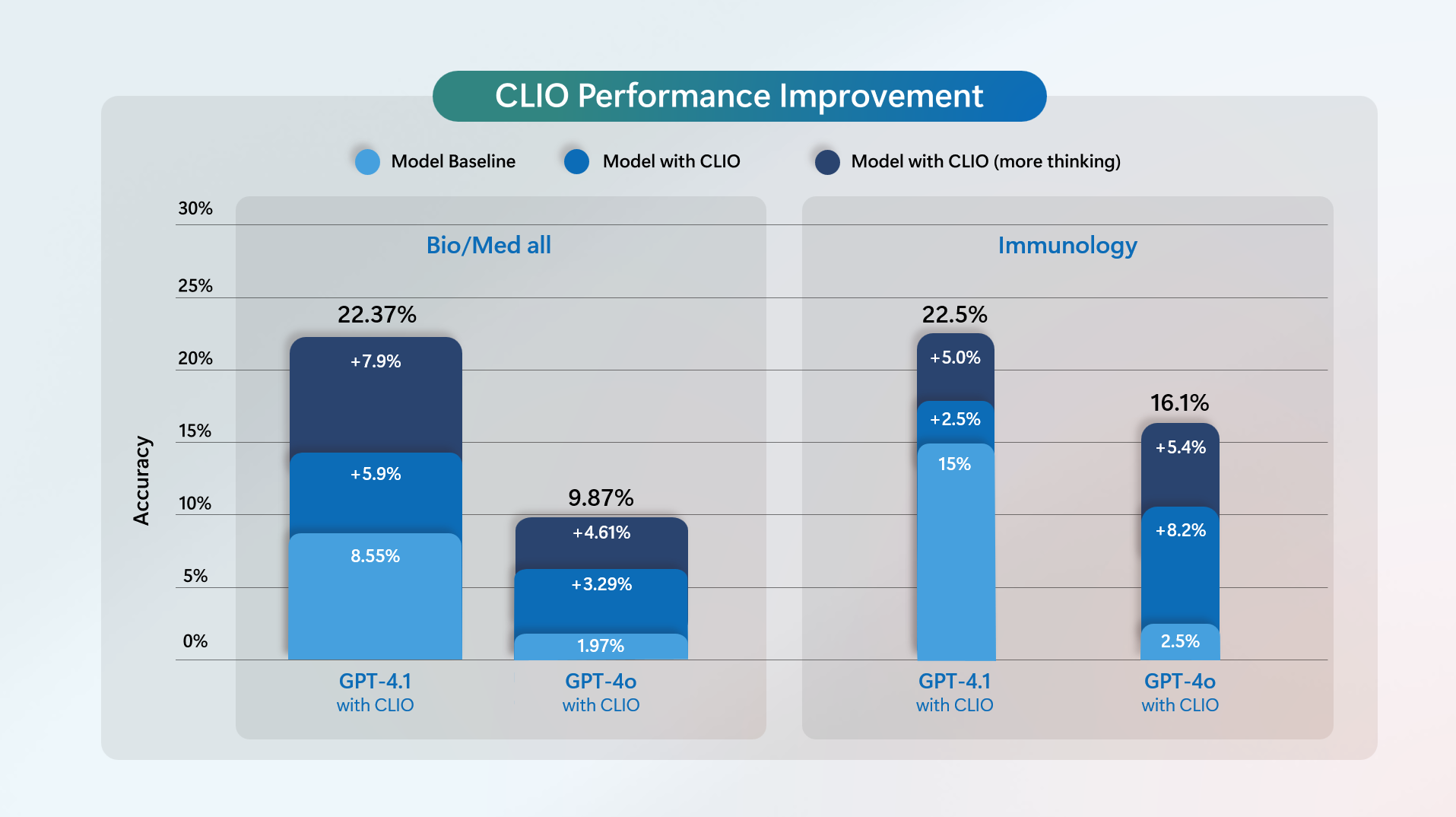Microsoft Research’s latest breakthrough: self-adaptive reasoning models that put researchers in control are offering transparency and flexibility never before seen in scientific AI tools. By giving researchers direct control over the AI's thought process, these tools deliver a new standard of transparency and flexibility, moving beyond the limitations of traditional, fixed AI systems.
The Limits of Traditional AI Reasoning
Today’s advanced AI agents are strong at planning and task execution. Yet, once trained, their reasoning is largely fixed. Scientists are often unable to guide or modify the AI’s thought process, making it difficult to ensure results are trustworthy or tailored to unique research needs. This lack of flexibility limits oversight, transparency, and the ability to explain AI decisions, all of which are critical factors in high-stakes scientific research.
Meet CLIO: Cognitive Loop via In-Situ Optimization
Microsoft introduces CLIO, a model designed for real-time adaptability. CLIO empowers users to dynamically shape the AI’s reasoning without retraining or extra data. By continuously generating its own data through self-reflection loops at runtime, CLIO enables scientists to:
- Steer the AI’s reasoning process from the ground up
- Independently explore new ideas and manage memory
- Adapt and correct in uncertain situations
- Control when and how uncertainty is flagged
CLIO’s design mirrors a human scientist’s workflow: creating, testing, and refining hypotheses, all while keeping users in the loop for greater transparency and accountability.

Credit: Microsoft Research
Superior Performance in Complex Domains
CLIO’s impact is measurable. On Humanity’s Last Exam (HLE) (a tough biology and medicine benchmark) CLIO increased GPT-4.1’s accuracy from 8.55% to 22.37%, a 161% relative improvement over standard models.
Even compared to advanced agents like OpenAI’s o3, CLIO delivered substantial gains. These leaps are especially valuable where data is limited and adaptability is a must.
By recursively evaluating its own progress and generating new hypotheses, CLIO reasons more broadly and deeply. Integrating tools such as GraphRAG allows CLIO to combine multiple reasoning paths, leading to more complete and reliable answers for challenging scientific questions.
Transparency, Trust, and User Control
Trust is essential in science and CLIO shines here by making its internal reasoning fully visible to users. Scientists can review, edit, or critique each step and adjust “control knobs” to fine-tune how and when uncertainty is flagged. This avoids both overconfidence in results and information overload.
- Customizable uncertainty thresholds for better reproducibility
- Auditable reasoning paths to meet scientific standards
- Transparent decision-making that builds user trust
Flexible, Model-Agnostic, and Ready for the Future
CLIO isn’t limited to a single AI model or field. Tests show similar performance improvements for other top LLMs like GPT-4o, particularly in specialized domains such as immunology. As a flexible layer, CLIO is poised to underpin future hybrid AI systems by mixing classic completion models, advanced reasoning, external memory, and specialized tools like those envisioned for the Microsoft Discovery platform.
The Road Ahead: A New Era for AI in Science
Self-adaptive reasoning isn’t just a technical upgrade. It marks a paradigm shift toward more transparent, steerable, and trustworthy AI for scientific work. While the focus is on research, the same approach could impact fields like finance, engineering, and law - anywhere that transparent, controllable reasoning is crucial.
Microsoft is committed to AI that earns the trust of scientists and empowers groundbreaking discoveries. By fusing innovation, transparency, and user control, self-adaptive reasoning is setting a new benchmark for intelligent, human-centered AI in science.
Source:Microsoft Research Blog: Self-adaptive reasoning for science

Self-Adaptive AI Is Transforming Scientific Discovery